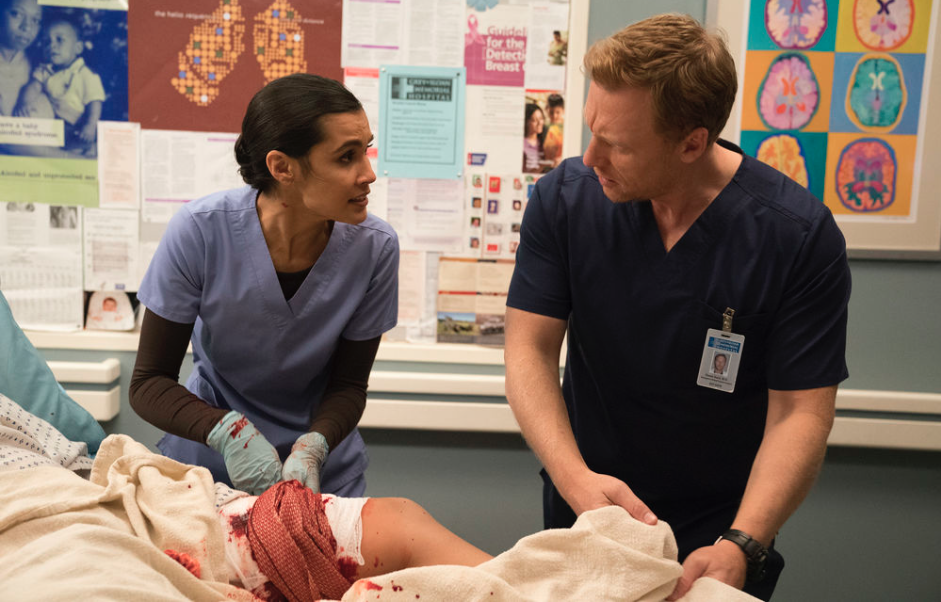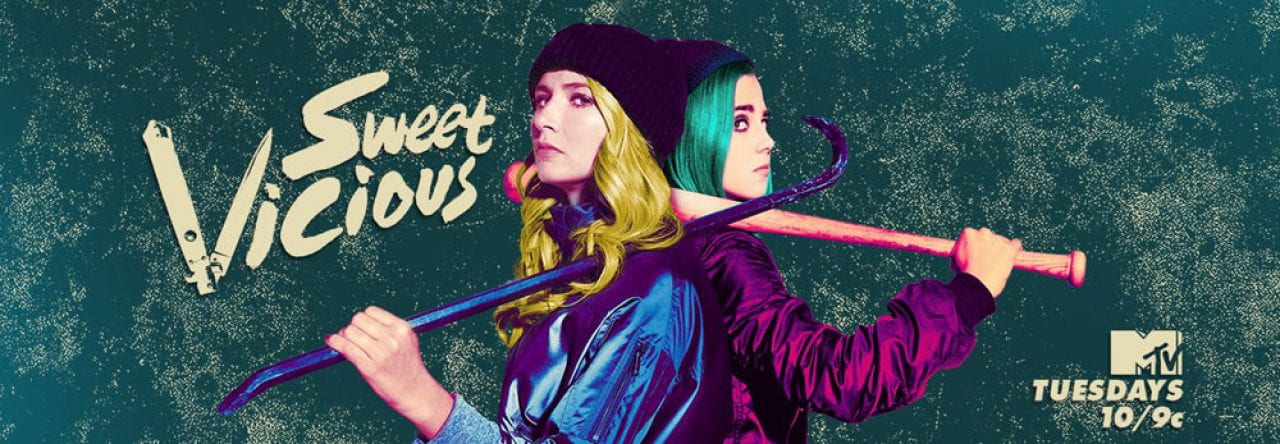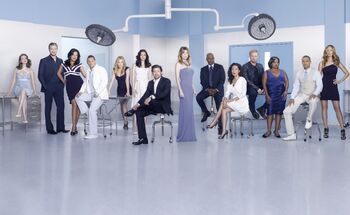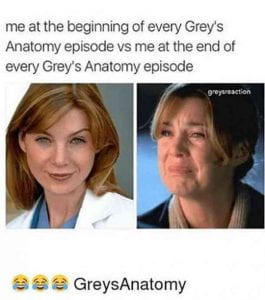Towbin, Mia Adessa, et al. “Images of Gender, Race, Age, and Sexual Orientation in Disney Feature- Length AnimatedFilms.” Journal of Feminist Family Therapy, vol. 15, no. 4, 2004, pp. 19–44., doi:10.1300/j086v15n04_02.
Disney being the most common and largest children’s movie provider and television distributor, is one of a child’s and adolescent’s largest media influence throughout their upbringing. Whether it is watching their TV channel or movies over the television, Disney is the perfect place to start in terms of analyzing how gender representation has evolved over time in children’s and adolescent’s television. Luckily this is the first study done on Disney movies on this topic of not only gender portrayals but also race, age, and sex portrayals. This source breaks down how Disney movies often depict many stereotypes whether it be showing only women who are under 30 and extremely thin or men who are dominant and successful. Interestingly, this source also shows how men are typically shown as emotionally unstable and violent when faced with challenges rather than thoughtful and profound. What is really amazing about this source is that it breaks down sections by the: a.) gender, b.) the stereotypes, c.) evidence and movies where this happened.
“Gendered Media: The Influence of Media on Views of Gender.” Gendered Lives: Communication, Gender, & Culture, by Julia T. Wood and Natalie Fixmer-Oraiz, Cengage Learning, 2017, pp. 231–244.
This source summarizes research of media in the late 90’s and how stereotypes in the media caused children and adults to live those stereotypes rather than let them be just that, stereotypes. This source further provides information on how children’s shows have grown boys into men who continue on the stereotypes that the shows in their childhood depicted. The article even gives an example where the 70’s TV, which showed women as nothing more than objects who satisfied men and did housework and showed men as indifferent and rowdy, contributed to the end of the “gentleness” of men characteristic of that decade. This article is especially important because it shows that, inadvertently, the depiction of both men and women in children’s shows and children’s music videos causes for both genders to suffer in how they interact with each other and how it confines each other into cookie cutter family, social, and emotional roles.
Eick, Kelly. “Gender Stereotypes in Children’s Television Cartoons.” Definition, May 1998, web.calpoly.edu/~jrubba/495/paper1.html.
This source is about a study on 5 children’s television shows, one created before 1985 and the rest after. In the study 5 episodes of each show are recorded for the numbers of male vs. female characters, physical characteristics of characters, and male/female roles in dilemma-solving and stereotyped jobs. The 5 television shows were very popular, among them were Scooby Doo and The Jetsons. Females were found to be highly underrepresented, accounting for only one-fourth of the characters and never the main characters.
This research is especially helpful at providing information about the children watching the show and how stereotypical shows affect the children at such a young age. For example, boys were found to be generally stubborn and not willing to watch shows with female leads whereas girls were more open and okay with watching shows with male leads. But the research also shows how society has improved over time with females gaining more screen presence.
Johnson, Fern L., and Karren Young. “Gendered Voices in Children’s Television Advertising.”Critical Studies in Media Communication, vol. 19, no. 4, 2002, pp. 461-480. ProQuest, http://prx.library.gatech.edu/login?url=https://search-proquest-com.prx.library.gatech.edu/docview/220423928?accountid=11107.
This source analyzes television commercials directed at children for the purpose of selling toys and the different tactics used for boys versus girls. They specifically tracked the verbs used in the respective commercial categories. The results supported the stereotypes of genders where male children oriented commercials used verbs relating to action, rivalry, control, domination, and aggression and female children oriented commercials used verbs relating to sedentary life styles, caring and nurturing, and emotions. The article also proves the importance of commercials that come between children’s television shows and how they have just as much influence on children if not more than television shows themselves. For example, “if a child watches just one hour of commercial television per day, that child would likely be exposed to at least 160 ads each week.”(Johnson) This piece opened my eyes to how I approached our research question: children’s television doesn’t only incorporate the shows themselves; it also incorporates the thousands of commercials that run between them. That can also be the reason that gender stereotypes have suffered. Perhaps people were so focused on eliminating gender prejudice from shows that they never considered commercials and what it feeds into the minds of their children.
Daalmans, Serena, Mariska Kleemans, and Anne Sadza. “Gender Representation on Gender-Targeted Television Channels: A Comparison of Female- and Male-Targeted TV Channels in the Netherlands.”Sex Roles, vol. 77, no. 5-6, 2017, pp. 366-378. ProQuest, http://prx.library.gatech.edu/login?url=https://search.proquest.com/docview/1927952499?acco untid=11107, doi:http://dx.doi.org/10.1007/s11199-016-0727-6.
This study in the Netherlands takes a step back from the television shows themselves and broadly looks at gender targeted television channels instead. This study does an excellent job showing how even gender targeted television channels fall into stereotypes. Male targeted channels had predominantly male characters. However, rather than female targeted channels having predominantly female characters as would be expected, they were found to have more equal gender representation. The research also showed that in recent male oriented children’s television channels show a continuation of the typical male dominant television shows whereas, female oriented children’s channels had more shows with reversal of stereotypes and gender equality.
This source is excellent in showing how while male television fights to keep male dominance, female television simply fights for basic equality and how this is also consistent in children’s television. The research is quite comprehensive, covering 1091 characters over 115 television shows over 4 channels.
Karniol, Rachel, Shiri Reichman, and Liat Fund. “Children’s Gender Orientation and Perceptions of Female, Male, and Gender-Ambiguous Animal Characters.”Sex Roles, vol. 43, no. 5, 2000, pp. 377-393. ProQuest, http://prx.library.gatech.edu/login?url=https://search.proquest.com/docview/225371758?accountid=11107.
This article explores gender stereotypes and gender perception by children and adolescents for animals who were clearly female, clearly male, or gender-ambiguous. This is the first article that I’ve come across that also delves into the realm of gender ambiguous stereotypes and perceptions by both males and females. This article shows how the early onset of gender stereotypes in children causes them to immediately begin trying to stereotype those gender ambiguous characters, even animals. Forexample, more often than not, gender ambiguous animals that are aggressive such as tigers, lions, snakes will automatically be perceived as male whereas more calm animals such as hippos, cats, and fish. Not only that, boys are found to have more of a liking for male and gender neutral characters whereas girls don’t show any clear favoritism between genders. Also, the results of the study show that we live in such a deeply patriarchal society that boys and girls both display a better liking for shows with a male animal character lead.





